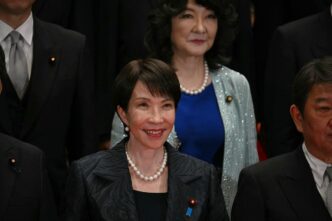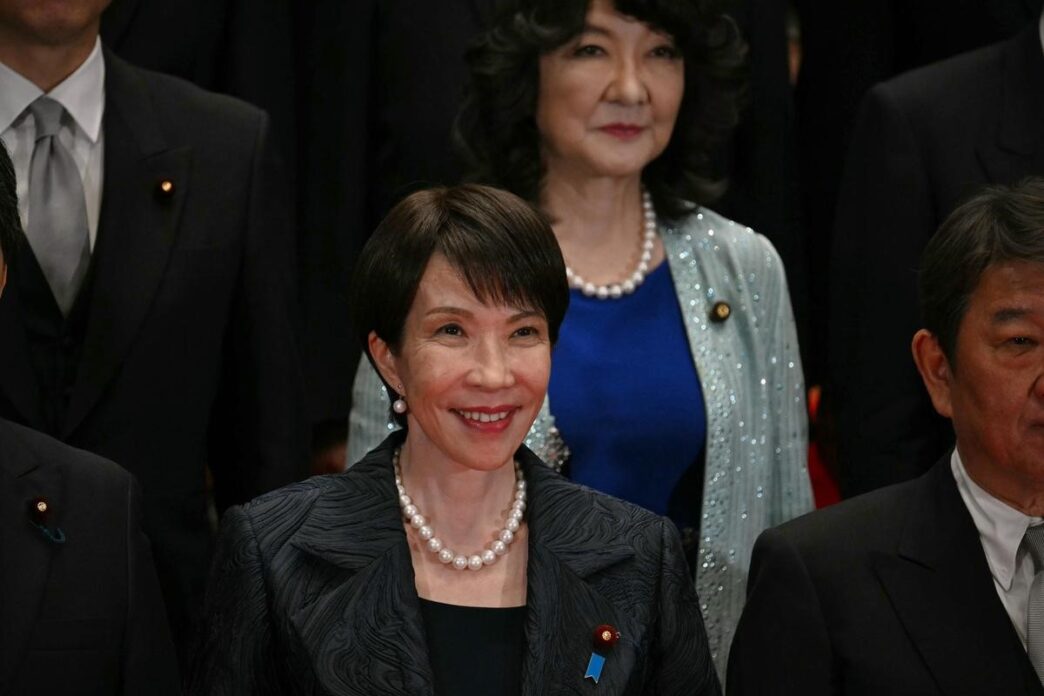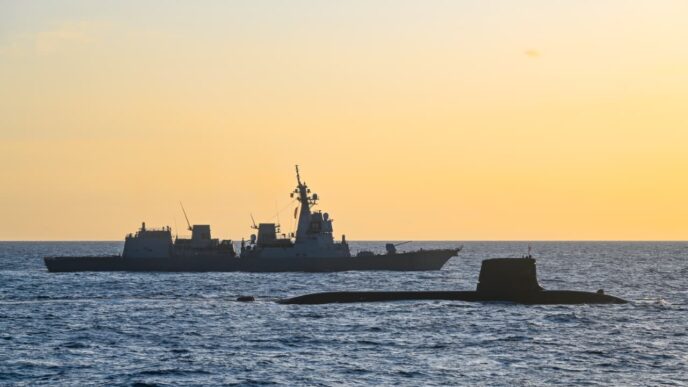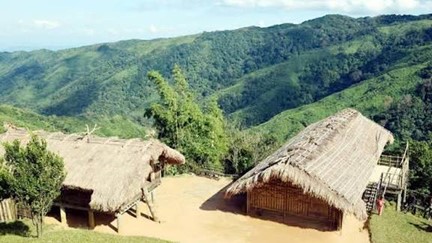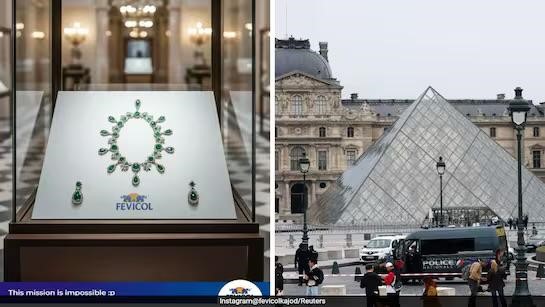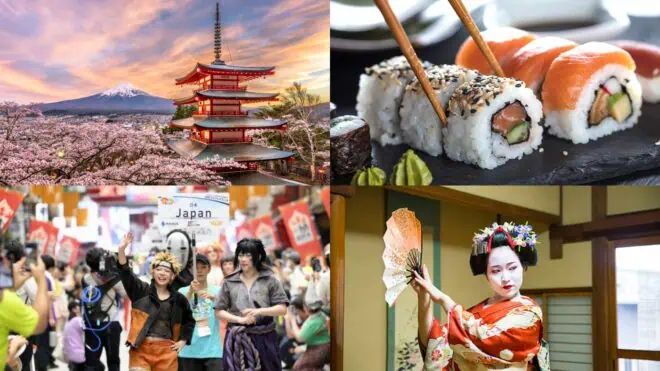In a message of warmth and strategic intent, Prime Minister Narendra Modi congratulated Sanae Takaichi on becoming Japan’s first female Prime Minister, calling her election a “historic moment” and reaffirming India’s commitment to deepening its partnership with Japan for peace, stability, and prosperity in the Indo-Pacific region.
Takaichi’s election marks a turning point in Japanese politics, breaking long-standing gender barriers in one of the world’s most male-dominated political landscapes. Known for her conservative ideology and hard-line views on China, Takaichi is expected to pursue a strong national security agenda while reinforcing Japan’s global presence through alliances like the Quad, which includes India, the United States, and Australia.
A Historic Milestone for Japan
Sanae Takaichi’s rise to the top has been nothing short of remarkable. Born in Nara Prefecture in 1961, she began her political journey in the early 1990s and steadily climbed the ranks within the ruling Liberal Democratic Party (LDP). Her victory follows years of political perseverance, during which she held key cabinet positions including Minister of Internal Affairs and Communications.
Her election is also symbolically powerful — Japan, often criticized for its gender gap in politics, now joins a growing list of nations led by women. Supporters hope her leadership will encourage greater gender inclusivity in government and corporate sectors alike.
Modi’s Message of Friendship and Shared Vision
In his congratulatory message, Prime Minister Modi emphasized the “special strategic and global partnership” between India and Japan. He underscored that the two nations share common democratic values and a mutual commitment to a free, open, and rules-based Indo-Pacific.
“India and Japan are natural partners in fostering peace, security, and stability across the Indo-Pacific. I look forward to working closely with Prime Minister Takaichi to further strengthen our cooperation across sectors — from trade and technology to defense and connectivity,” Modi said in his statement.
The message reflects India’s intent to continue the momentum in bilateral relations that have grown steadily under previous Japanese leaders, including Fumio Kishida and Shinzo Abe.
What Takaichi’s Leadership Means for India-Japan Relations
Sanae Takaichi is expected to maintain Japan’s strong ties with India, especially within the framework of the Quad alliance, which serves as a cornerstone for regional security. Her firm stance on China’s territorial assertiveness in the East and South China Seas aligns closely with India’s strategic concerns in the Indo-Pacific.
Experts believe Takaichi may also accelerate Japan’s defense cooperation with India, especially in the areas of maritime security, advanced technology, and supply chain resilience.
“India and Japan have a shared understanding of the challenges posed by coercive behavior in the region,” said a senior Japanese analyst. “Takaichi’s policies are likely to enhance joint efforts to secure trade routes, develop infrastructure, and ensure stability across the Indo-Pacific.”
Economic and Strategic Cooperation
Beyond defense and diplomacy, the India-Japan relationship continues to thrive in economic and technological cooperation. Japan remains one of India’s largest investors, contributing significantly to infrastructure projects such as the Mumbai-Ahmedabad High-Speed Rail, metro systems, and smart city initiatives.
Under Takaichi’s leadership, analysts predict a renewed emphasis on supply chain diversification and critical technology partnerships — areas where Japan and India have already begun collaborating closely to reduce dependency on China.
Both countries are also exploring deeper collaboration in semiconductors, renewable energy, and digital transformation, aligning with their shared vision for sustainable and inclusive growth.
A New Chapter in Regional Leadership
Takaichi’s leadership comes at a critical juncture for the Indo-Pacific, a region increasingly defined by strategic competition and shifting alliances. Her assertive foreign policy stance, combined with Japan’s expanding security role, could reinforce the Indo-Japanese partnership as a stabilizing force.
For India, this presents an opportunity to deepen coordination on security, trade, innovation, and regional diplomacy — ensuring that both democracies continue to shape a peaceful and prosperous Indo-Pacific order.
As Modi aptly noted, the friendship between India and Japan “is not just a partnership of governments, but of people and shared values.”
Conclusion
With Sanae Takaichi at the helm, Japan enters a new era — one marked by determination, reform, and a renewed focus on national security and global engagement. For India, this historic transition signals continuity and growth in one of its most trusted strategic partnerships.
As the Indo-Pacific faces evolving challenges, the India-Japan relationship remains a vital anchor of peace, stability, and progress — a sentiment clearly reflected in Prime Minister Modi’s congratulatory message to Japan’s new leader.
Originally written by: Suhasini Haidar
